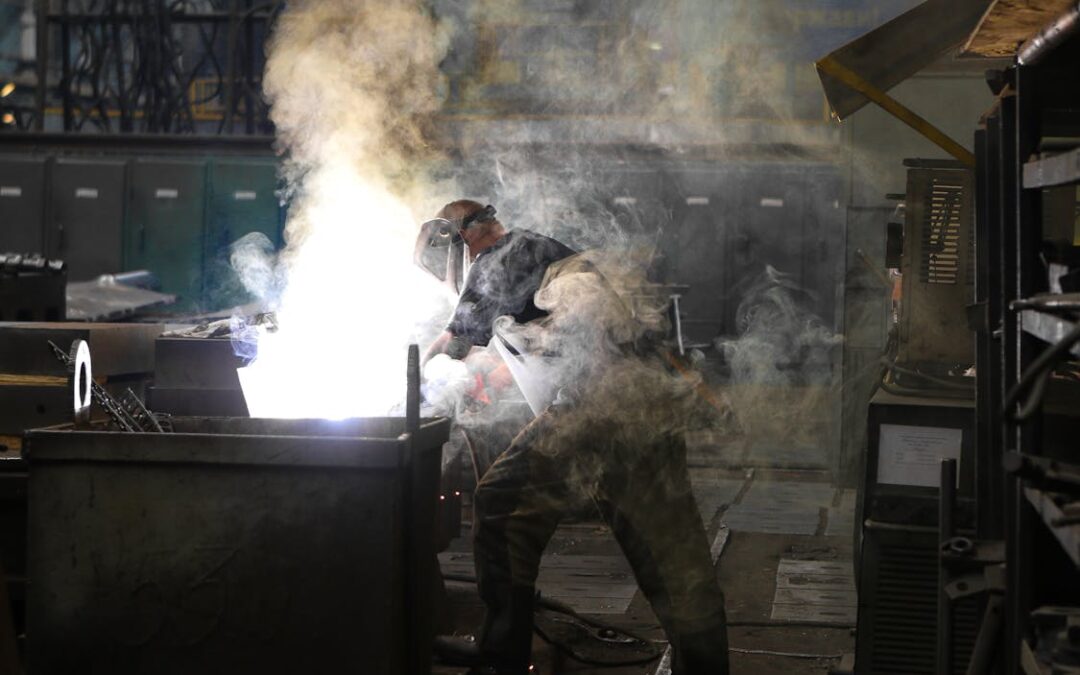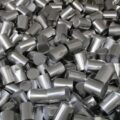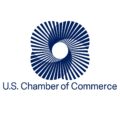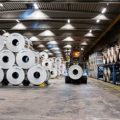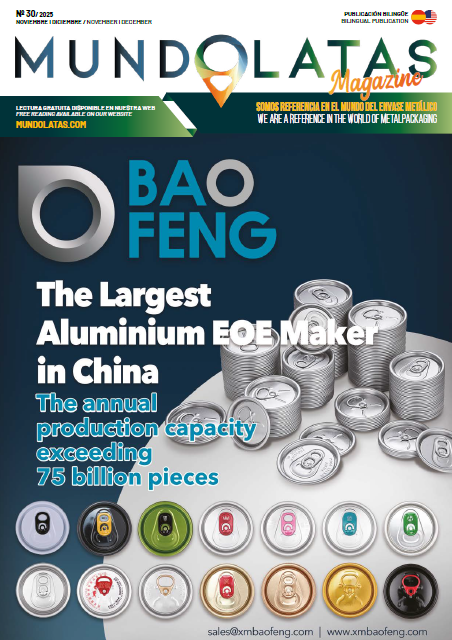The National Association of Manufacturers (NAM) has recently presented the U.S. Manufacturing Investment Accelerator Program, a proposal aimed at strengthening the country’s industrial capacity, aligned with President Trump’s vision of turning the United States into a global manufacturing powerhouse.
According to Jay Timmons, NAM’s president and CEO, the proposal seeks to facilitate access to essential inputs—such as raw materials, critical minerals, machinery, and energy—that are not produced locally but are indispensable for domestic production. This would allow companies to invest, hire personnel, modernize equipment, and increase their global competitiveness without being affected by high tariff costs.
Reasons behind the initiative
Currently, even operating at maximum capacity, the U.S. industry could only cover 84% of the necessary inputs, implying an inevitable dependence on foreign sources for at least the remaining 16%. Tariffs on these inputs increase local production costs, making it difficult to expand jobs and investments.
Key elements of the program:
- Simplified import licenses (speed pass):
Would allow manufacturers to import essential inputs without tariffs, provided there is no domestic availability. Manufacturers would self-certify under certain criteria and would be subject to subsequent verification by customs authorities. - Investment rebates:
Compensations would be offered to companies that pay tariffs on imported inputs, provided they invest in infrastructure, technologies, personnel hiring, or research and development within the country. - Permanent institutional dialogue:
It is proposed to establish a quarterly forum between manufacturers and key agencies (Treasury, Commerce, SBA, etc.) to adjust and improve the program based on sector feedback.
Current industry outlook
NAM also published a new data analysis visualized in a trade map, showing the state-level impact of tariffs and the need for international inputs to maintain production.
According to their second quarter 2025 expectations survey, optimism among manufacturers fell to 55.4%, the lowest level since the pandemic in 2020. Trade uncertainty was identified as the main concern by 77% of respondents.
The National Association of Manufacturers represents companies of all sizes and industrial sectors across all 50 states. With nearly 13 million employees in manufacturing and an annual contribution of $2.93 trillion to the U.S. economy, NAM is the leading voice of the sector in public policy.

